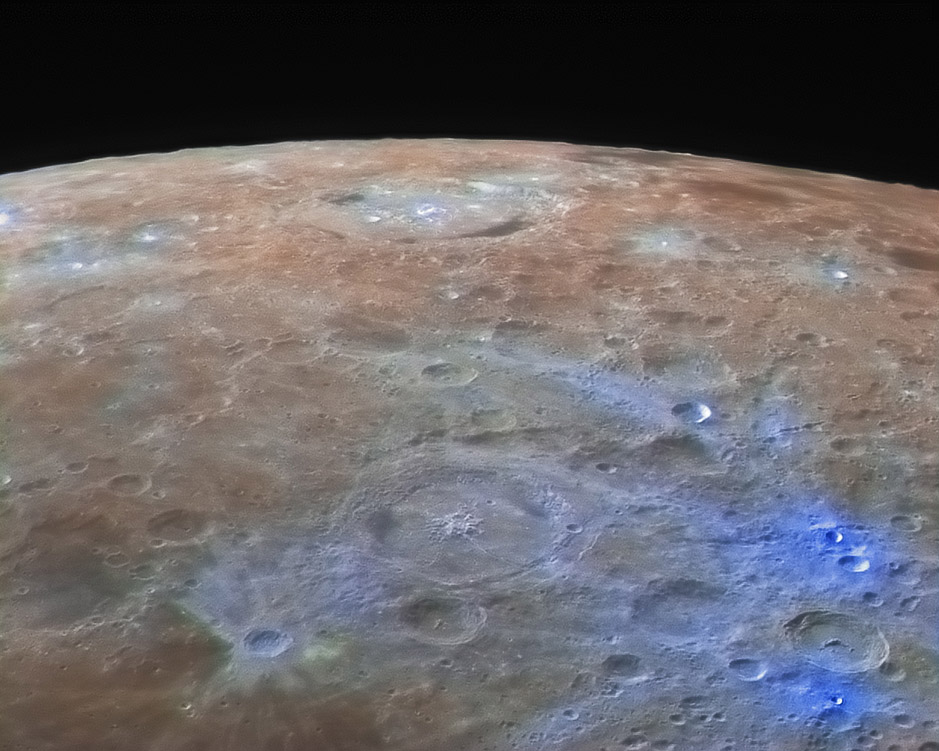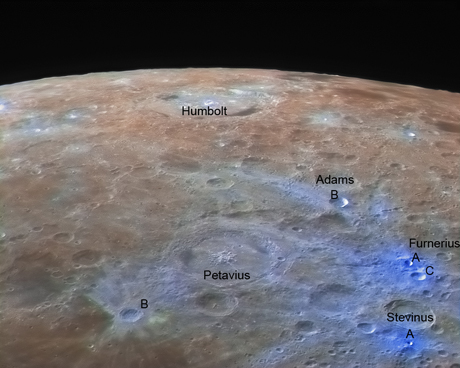Difference between revisions of "January 31, 2013"
| Line 1: | Line 1: | ||
__NOTOC__ | __NOTOC__ | ||
=Pastel Evidence= | =Pastel Evidence= | ||
| − | |||
<!-- ws:start:WikiTextHeadingRule:0:<h1> --> | <!-- ws:start:WikiTextHeadingRule:0:<h1> --> | ||
<!-- ws:start:WikiTextLocalImageRule:14:<img src="http://lpod.wikispaces.com/file/view/LPOD-Jan31-13.jpg/402886124/LPOD-Jan31-13.jpg" alt="" title="" /> -->[[File:LPOD-Jan31-13.jpg|LPOD-Jan31-13.jpg]]<!-- ws:end:WikiTextLocalImageRule:14 --><br /> | <!-- ws:start:WikiTextLocalImageRule:14:<img src="http://lpod.wikispaces.com/file/view/LPOD-Jan31-13.jpg/402886124/LPOD-Jan31-13.jpg" alt="" title="" /> -->[[File:LPOD-Jan31-13.jpg|LPOD-Jan31-13.jpg]]<!-- ws:end:WikiTextLocalImageRule:14 --><br /> | ||
| − | <em>north to left image by [mailto:dzmitryk@belastro.net Дмитрий Кананович (Dzmitry Kananovich)], Tallinn, Estonia</em><br /> | + | <em>north to left image by [mailto:dzmitryk@belastro.net" rel="nofollow Дмитрий Кананович (Dzmitry Kananovich)], Tallinn, Estonia</em><br /> |
<br /> | <br /> | ||
<table class="wiki_table"> | <table class="wiki_table"> | ||
| Line 11: | Line 10: | ||
(Add your own "d" to "Humboldt".)<br /> | (Add your own "d" to "Humboldt".)<br /> | ||
</td> | </td> | ||
| − | <td>Most enhanced color images of the Moon are of the maria because of the extreme color contrasts due to the compositional differences of the lavas. But Dzmitry's colorful image demonstrates that there are intriguing color differences in the highlands too. The higlands themselves here have two major tones - a pink around Humboldt and north (left) of Petavius, and elsewhere a <em>[http://www.mosaicbasics.com/tinytileschart.htm pale teal]</em> with a greenish tint. The contrasting hue is blue-white, representing pulverized highlands distributed as rays. Toward the limb, the interiors of small fresh craters and Humboldt's central peaks are beacons of brightness. At the front of the image are the brilliant [http://www.lpod.org/?m=20061008 headlights] on either side of Stevinus. Another blue ray is the very strange one that radiates away from the bright-rimmed crater Adams B. As described [http://lpod.wikispaces.com/December+4%2C+2012 recently] the crater is elongated and possibly was formed by a low angle impact, but the elongation is perpendicular to the ray direction. Finally, the oblique impact crater Petavius B is now well known, but I see a surprise. Just south of B is a slightly bright spotch that appears as a dull yellow. A similar tinge occurs along the edge of the rays that define the v-shaped zone of exclusion. On the LRO QuickMap it does not stand out as unusual. I never noticed this before and don't know what it means.<br /> | + | <td>Most enhanced color images of the Moon are of the maria because of the extreme color contrasts due to the compositional differences of the lavas. But Dzmitry's colorful image demonstrates that there are intriguing color differences in the highlands too. The higlands themselves here have two major tones - a pink around Humboldt and north (left) of Petavius, and elsewhere a <em>[http://www.mosaicbasics.com/tinytileschart.htm" rel="nofollow pale teal]</em> with a greenish tint. The contrasting hue is blue-white, representing pulverized highlands distributed as rays. Toward the limb, the interiors of small fresh craters and Humboldt's central peaks are beacons of brightness. At the front of the image are the brilliant [http://www.lpod.org/?m=20061008" rel="nofollow headlights] on either side of Stevinus. Another blue ray is the very strange one that radiates away from the bright-rimmed crater Adams B. As described [http://lpod.wikispaces.com/December+4%2C+2012 recently] the crater is elongated and possibly was formed by a low angle impact, but the elongation is perpendicular to the ray direction. Finally, the oblique impact crater Petavius B is now well known, but I see a surprise. Just south of B is a slightly bright spotch that appears as a dull yellow. A similar tinge occurs along the edge of the rays that define the v-shaped zone of exclusion. On the LRO QuickMap it does not stand out as unusual. I never noticed this before and don't know what it means.<br /> |
| − | <em>[mailto:tychocrater@yahoo.com Chuck Wood]</em><br /> | + | <em>[mailto:tychocrater@yahoo.com" rel="nofollow Chuck Wood]</em><br /> |
<strong>Technical Details</strong><br /> | <strong>Technical Details</strong><br /> | ||
January 18, 2013, at around 18:30 UT.<br /> | January 18, 2013, at around 18:30 UT.<br /> | ||
Revision as of 22:41, 4 January 2015
Pastel Evidence

north to left image by " rel="nofollow Дмитрий Кананович (Dzmitry Kananovich), Tallinn, Estonia
 (Add your own "d" to "Humboldt".) |
Most enhanced color images of the Moon are of the maria because of the extreme color contrasts due to the compositional differences of the lavas. But Dzmitry's colorful image demonstrates that there are intriguing color differences in the highlands too. The higlands themselves here have two major tones - a pink around Humboldt and north (left) of Petavius, and elsewhere a " rel="nofollow pale teal with a greenish tint. The contrasting hue is blue-white, representing pulverized highlands distributed as rays. Toward the limb, the interiors of small fresh craters and Humboldt's central peaks are beacons of brightness. At the front of the image are the brilliant " rel="nofollow headlights on either side of Stevinus. Another blue ray is the very strange one that radiates away from the bright-rimmed crater Adams B. As described recently the crater is elongated and possibly was formed by a low angle impact, but the elongation is perpendicular to the ray direction. Finally, the oblique impact crater Petavius B is now well known, but I see a surprise. Just south of B is a slightly bright spotch that appears as a dull yellow. A similar tinge occurs along the edge of the rays that define the v-shaped zone of exclusion. On the LRO QuickMap it does not stand out as unusual. I never noticed this before and don't know what it means. " rel="nofollow Chuck Wood |



